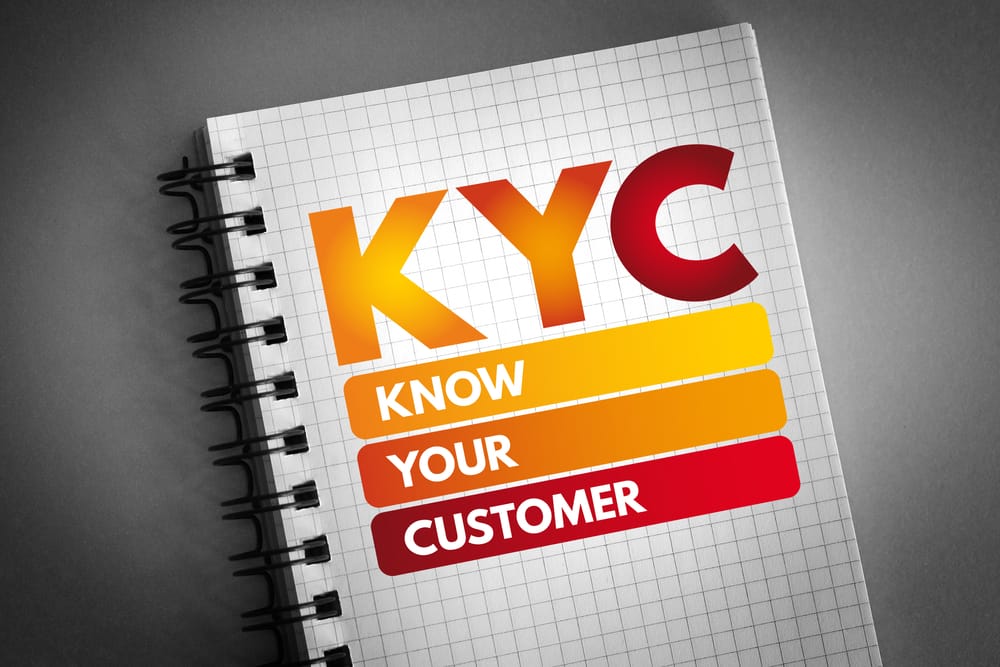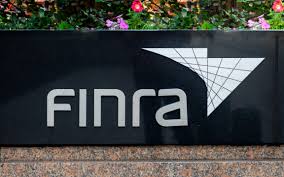
Challenges in KYC Compliance and How to Overcome Them
Know Your Customer (KYC) compliance is vital for financial institutions, but it comes with several challenges. These challenges can hinder the effectiveness of KYC processes and pose risks to compliance efforts. This article explores common obstacles in KYC compliance and strategies to overcome them.
Common Challenges in KYC Compliance
1. Identity Verification
Challenge: Verifying the identities of customers accurately and efficiently can be difficult, especially with the rise of digital banking.
Solution:
- Digital Onboarding: Implement digital onboarding solutions to streamline identity verification.
- Biometric Verification: Use biometric data such as fingerprints and facial recognition for secure verification.
- Cross-Referencing Databases: Utilize multiple databases to cross-reference customer information.
2. Data Quality and Management
Challenge: Ensuring the accuracy and completeness of customer data is critical but challenging due to inconsistencies and errors.
Solution:
- Data Standardization: Standardize data formats to ensure consistency.
- Regular Data Cleansing: Conduct regular data cleansing to remove inaccuracies and duplicates.
- Automated Data Entry: Use automated systems to reduce human error in data entry.
3. Regulatory Changes
Challenge: Keeping up with constantly evolving regulations across different jurisdictions can be overwhelming.
Solution:
- Regulatory Intelligence: Use regulatory intelligence tools to stay updated on changes.
- Flexible Compliance Programs: Develop flexible compliance programs that can adapt to new regulations.
- Regular Training: Train employees regularly on new regulatory requirements.
4. Customer Friction
Challenge: KYC processes can create friction and inconvenience for customers, leading to poor customer experience.
Solution:
- User-Friendly Interfaces: Design user-friendly interfaces for KYC processes.
- Minimize Data Requests: Request only essential information from customers.
- Real-Time Verification: Implement real-time verification to speed up the process.
5. High Costs
Challenge: Implementing and maintaining KYC compliance can be costly, especially for smaller institutions.
Solution:
- Automation: Automate KYC processes to reduce manual labor and costs.
- Outsourcing: Consider outsourcing KYC functions to specialized service providers.
- RegTech Solutions: Leverage RegTech solutions to enhance efficiency and reduce costs.
Strategies for Successful KYC Implementation
1. Implement a Risk-Based Approach
Description: Focus on high-risk customers and transactions to allocate resources effectively.
How It Works:
- Risk Profiling: Assess the risk level of customers and transactions.
- Tailored Monitoring: Adjust monitoring efforts based on risk profiles.
- Proactive Measures: Implement proactive measures to mitigate identified risks.
2. Leverage Advanced Technology
Description: Use advanced technologies such as AI, machine learning, and blockchain to enhance KYC processes.
How It Works:
- AI and Machine Learning: Analyze data to detect patterns and anomalies.
- Blockchain: Provide secure and transparent transaction records.
- Real-Time Monitoring: Continuously monitor transactions for suspicious activities.
3. Foster a Culture of Compliance
Description: Promote a culture of compliance within the organization to ensure adherence to KYC requirements.
How It Works:
- Regular Training: Conduct regular training sessions for employees.
- Clear Policies: Develop and communicate clear compliance policies.
- Management Support: Ensure management actively supports compliance initiatives.
4. Conduct Regular Audits and Reviews
Description: Perform regular audits and reviews to assess the effectiveness of KYC processes.
How It Works:
- Internal Audits: Conduct internal audits to identify gaps and areas for improvement.
- Third-Party Reviews: Engage third-party experts to review KYC processes.
- Continuous Improvement: Implement changes based on audit findings to improve KYC compliance.
KYC compliance presents several challenges, including identity verification, data quality, regulatory changes, customer friction, and high costs. However, by implementing strategies such as a risk-based approach, leveraging advanced technology, fostering a culture of compliance, and conducting regular audits, financial institutions can overcome these obstacles and achieve successful KYC implementation. Effective KYC compliance not only ensures regulatory adherence but also enhances the security and integrity of financial services.










